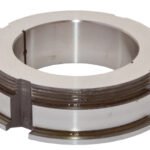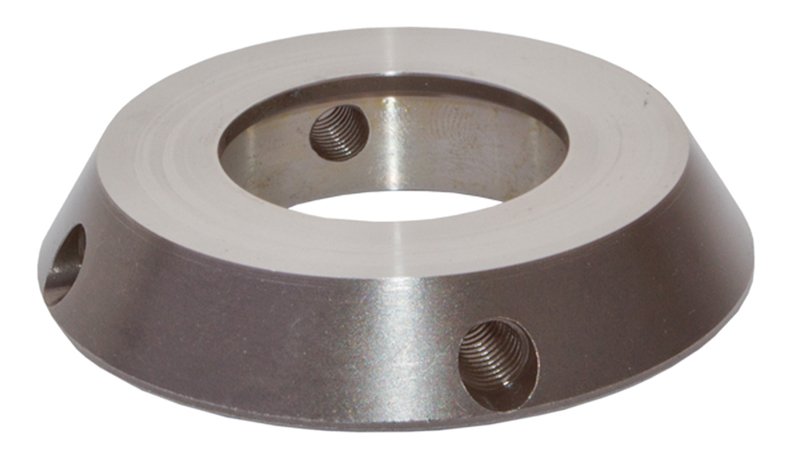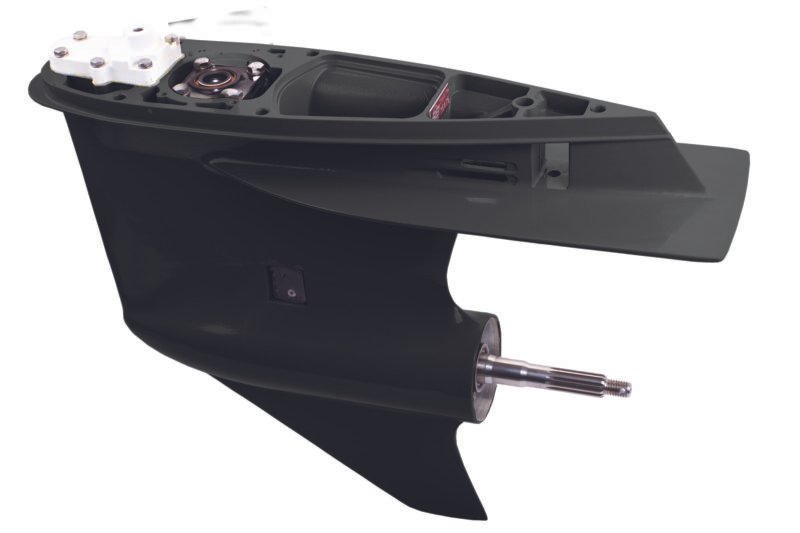
FORWARD BEARING HOUSING
March 17, 2024
SET SCREW
March 17, 2024
Description
- Axial Load Support: The primary function of a thrust flange is to support axial loads or thrust forces applied along the axis of rotation of a shaft or component.
- Transmission of Forces: Thrust flanges are designed to transmit axial forces from one component to another, such as from a rotating shaft to a stationary structure or vice versa.
- Alignment: Thrust flanges help maintain proper alignment of rotating shafts or components, ensuring that axial forces are evenly distributed and transmitted without causing undue stress or misalignment.
- Mounting Point: Thrust flanges often serve as mounting points for other components within a mechanical system, such as bearings, gears, or couplings.
- Material and Construction: Thrust flanges are typically made of sturdy materials such as steel, stainless steel, or cast iron, chosen for their strength, durability, and resistance to wear and corrosion.
- Variety of Designs: Thrust flanges come in various designs and configurations to suit different applications and operating conditions. They may be flat or contoured, with bolt holes or other mounting features as needed.
- Maintenance: While thrust flanges are generally robust components, they may require periodic inspection and maintenance to ensure proper function and integrity, especially in high-load or high-speed applications.
- Alignment Adjustment: Some thrust flanges may incorporate features for adjusting axial alignment or preload to optimize performance and minimize wear.




